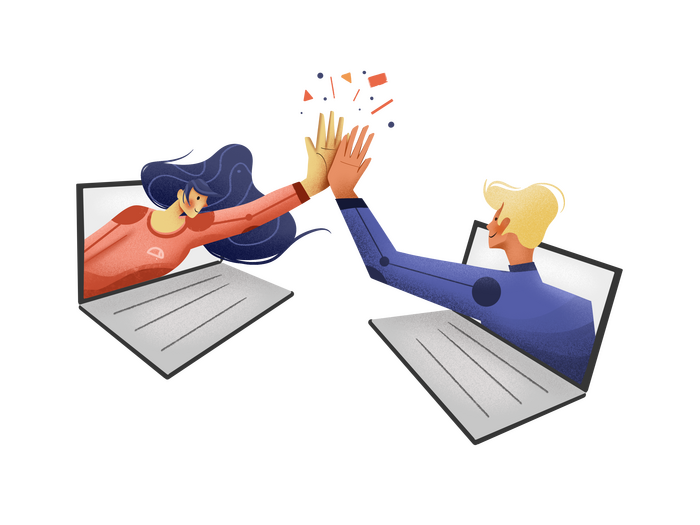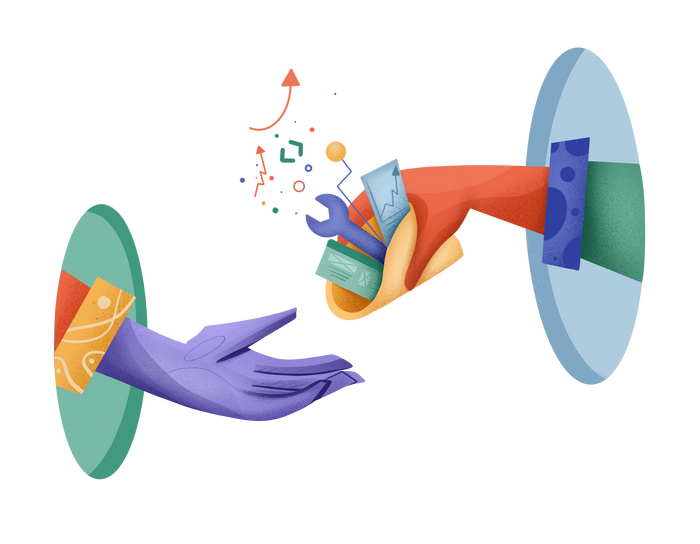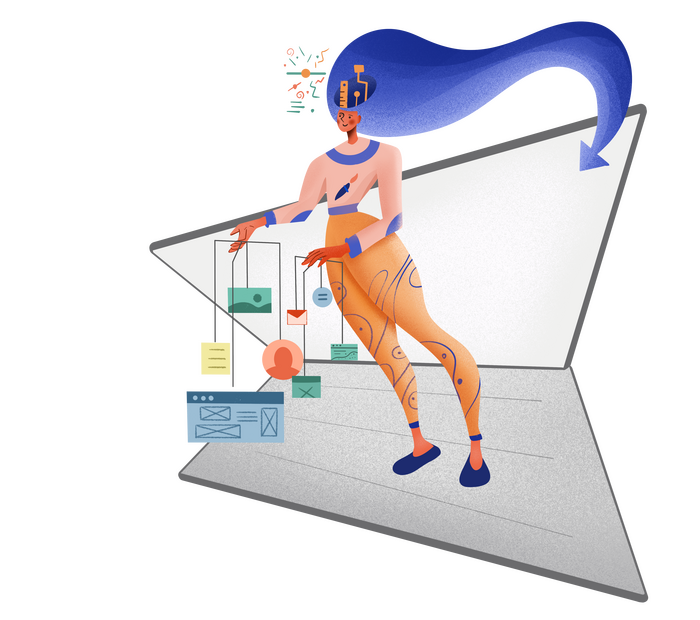When you operate a physical brick-and-mortar location, it is sometimes difficult to understand how effective an online marketing campaign is for you.
After all, you can tell pretty quickly when an online campaign is working well.
For example, you can specify a specific landing page for email or Facebook links in an A/B campaign, so you know exactly where your click-throughs are coming from. But when a customer walks into your store, you can't be sure of what exactly compelled them there.
Or at least, that's how it used to be.
Beacons Everywhere
In 2013, Apple introduced iBeacons into its stores that let them improve customer service and push notifications to customers as they browsed. Since then, Google has seized beacon technology with its own version, Eddystone. Between the two, beacon technology's effect on the market is expected to grow past US $25 billion by 2024, with retail expected to account for more than 55% of that growth.
Beacon technology functions on the principles of proximity marketing. An analog example of proximity marketing is someone on the sidewalk handing out flyers for a store nearby, or those energetic sign spinners and flippers advertising tax return consulting.
Digital proximity marketing, on the other hand, uses your customers' smartphones to send them a promotion when they're near your store or at an event you're sponsoring.
Because these promos are tied explicitly to those days or events, it's easier to determine what sort of ROI you're getting on that marketing. Studies have shown that this type of proximity marketing can yield an ROI of nearly 200%.

How Do Beacons Work And What Can They Do For You?
Beacons are small devices that range from the size of a toy car to about the size of your fist. Embedded inside are a small computer chip, a Bluetooth Low Energy (BLE) transceiver, and batteries. This gives the standard beacon a range of roughly 70 meters. The BLE also consumes a lot less energy than the Bluetooth you find in wireless headphones and speakers, so the batteries last longer.
So, for the sake of example, let's say you've installed a beacon in the doorway of your store to reward frequent shoppers. As your customers enter, their smartphones will automatically detect the beacon. The two communicate, and through an installed app on their phone, your beacon picks up on your customer's unique ID number. That ID is sent to your server, which tells the beacon to send a notification to your customer.
That notification can be a coupon, a special sale based on their purchase history, or even a loyalty reward. Whatever it is, it engages your customer in that micro-moment of making a purchase decision.

Imagine that your customer is looking at handbags. A beacon set up near your display can push a notification about what's new. If you sell kitchen products, a beacon could send them a link to a video that shows them how to use that egg coddler and make the best soft eggs they've ever had.
Beacons let you plant ideas and nurture the "what-if" moments that are so crucial to helping customers make those final purchase decisions.
But that's not all that a beacon can do for you. They also help you at the back end of your business as well.
Integrating Online Marketing with Beacons
So how can beacons help you determine how your online marketing is affecting in-store sales?
Because beacons don't have to push any notifications at all.
A beacon can sit there at your register and quietly pick up information from your customers. If your POS has been set up correctly, and your customers have supplied information to you, each individual is assigned a unique ID number. The beacon will read their ID number and help you understand who is visiting and when. You could also tie their purchases to their ID number.
Here's how it works:
→ You start a holiday email campaign to drive customers to your store to buy the latest widget. The email informs them that if they download your store's app, when they come into your physical location, they'll get a coupon for 40% off.
→ The customer downloads your app and heads to your store to make a purchase.
→ The beacon you have set up at the door detects their phone and app and pushes them the coupon.
Now you have a record that your email campaign has worked for this customer. That's because when they registered your app on their phone, they used their email address--which you already had in your system, from the marketing campaign. Now you have solid stats on just how effective those emails are.
Like Google Analytics helps track landing pages and bounce statistics, your beacons are tracking the same thing in "real life."
You know:
how many customers came to your store,
which are there because of your email campaign (click-through), and
what percentage of those visitors are making a purchase (bounce rate).
What's the Setup Look Like?
Only two things are required for beacons to work on your end.
First you have to have the beacons, of course. It's recommended you purchased those that are compatible with both Android and Apple iOS, for obvious reasons.
Second, you need to set up what you want your beacons to do. You can tackle this on your own, or you can hire someone to help.
That's all for you, right now. As far as your customers go, the process depends on the OS of their mobile phone.
Apple users running iOS 7 or later don't need to do anything, as they are already receptive to iBeacons.
Android users need to have a separate app installed. Google used to have a protocol called "Nearby" that allowed Eddystone beacons to work without an app, but they discontinued support for it in 2018. Now, Android customers do need some sort of app for your beacons to work. If you don't have a branded app for your store, don't worry. You can use NearBee instead.
The Bottom Line
Beacons are a great way to measure the engagement that your online marketing is having with your brick and mortar customers. As Shopify continues to expand and help you and other sellers capture physical retail space, it's essential to know how to make the online work with the offline.
Having a solid plan that gets results is what we're all about. If you'd like some advice on how to get your online marketing going or even jazz up an existing campaign, reach out to us here. We would love to help you show the world what they're missing.

















